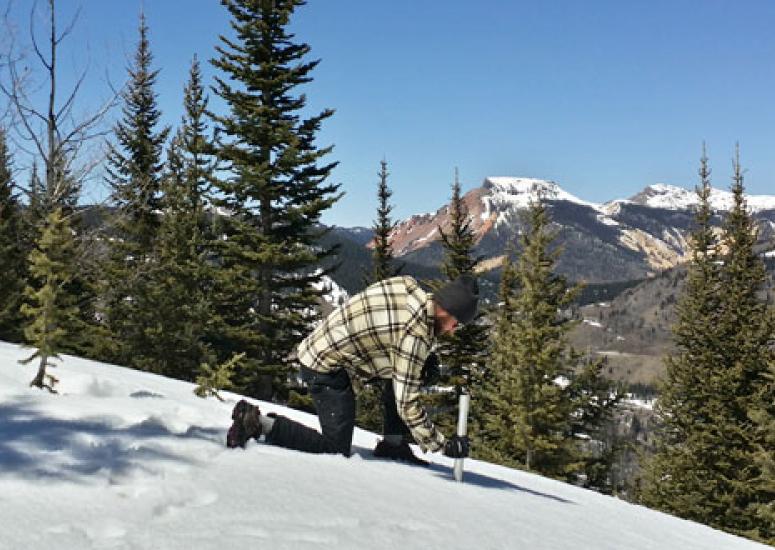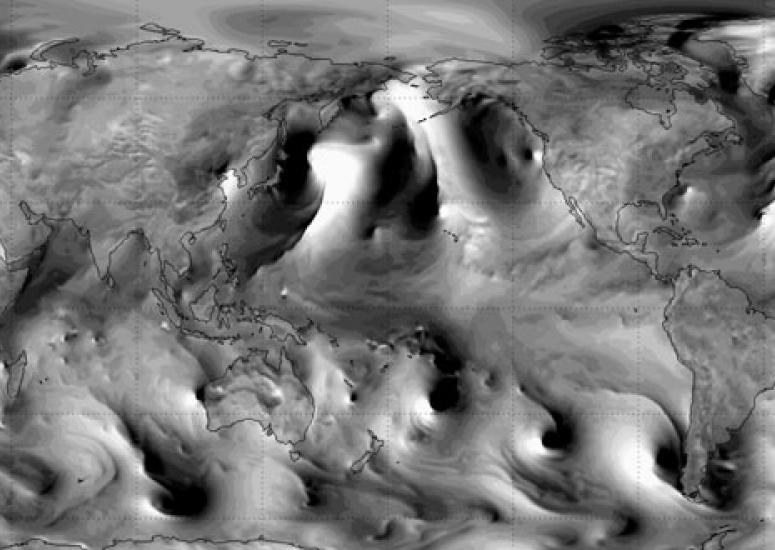-

To the last drop: Improving water supply forecasts for the Rio Grande
NCAR researchers are partnering with local, state and federal organizations to improve water supply forecasts in the upper Rio Grande.
- Weather
-

Biting back: Scientists aim to forecast West Nile outbreaks
CDC and NCAR researchers find correlations across the U.S. between weather conditions and subsequent flareups of the virus.
- Weather
-

Watch invisible waves rumble through the atmosphere
For the first time, an NCAR-led team of scientists have found a way to simulate the propagation of gravity waves toward space. The resulting visualization is mesmerizing to watch.
- Weather
-

Nor’easter on the radar
Scientists flew the new HIAPER Cloud Radar above a major northeast snowstorm, obtaining critical data on its structure and dynamics.
- Weather
-

Snowfall measurement: a flaky history
Many storms from the 1980s or earlier would probably appear in the record as bigger storms if the observers had used currently accepted methodology.
- Weather
